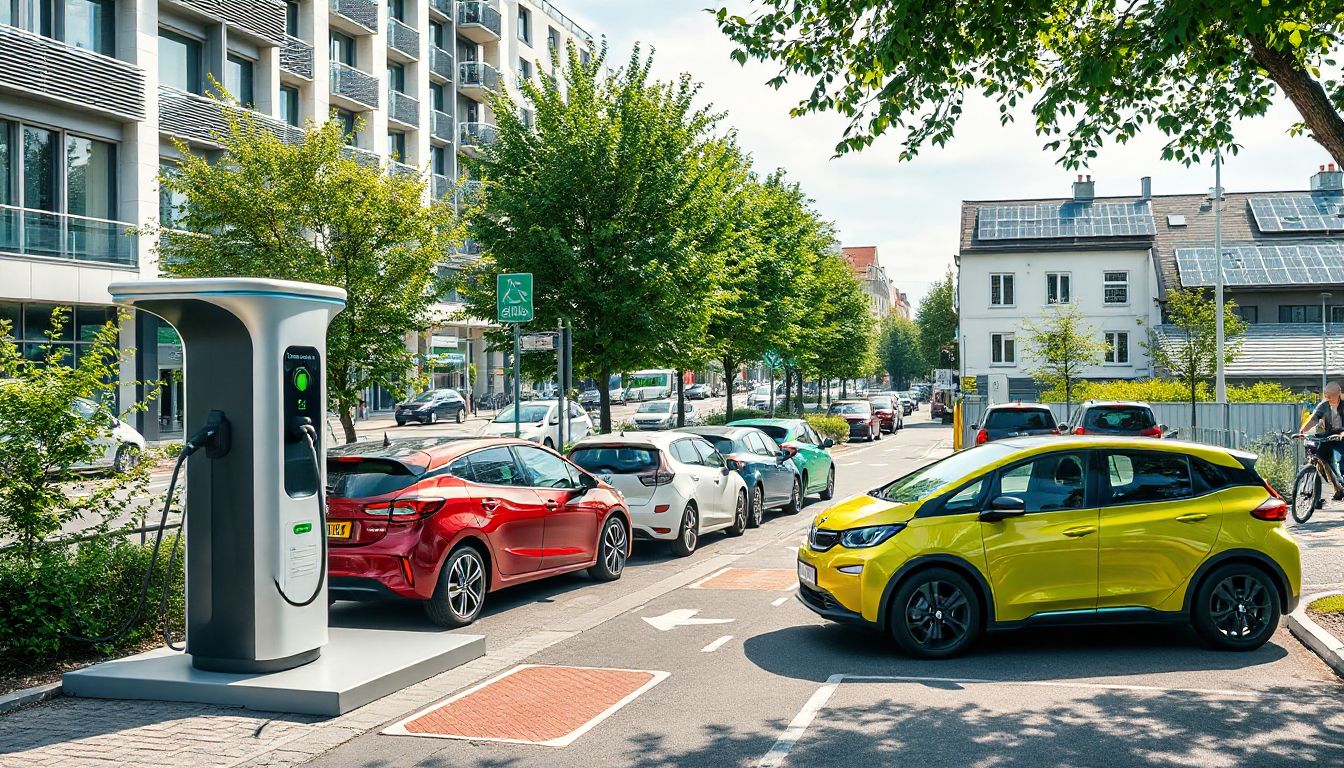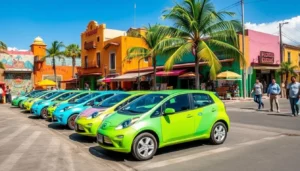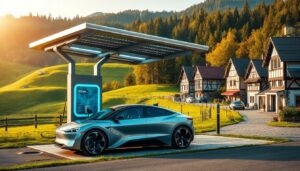Introduction
Germany has long been the hub for car production, with giants such as Volkswagen, BMW, and Mercedes-Benz within its borders. Germany is now driving into higher gear for electric vehicles. As more Germans turn to electric mobility, the market is growing at a rapid rate, both domestically and internationally. This change isn’t just about new vehicles—it’s about propelling sustainability in one of the world’s largest automotive centers. Governments, technological advancements, and changing consumer demands are propelling this electric shift.
Market Overview and Current Status
Germany’s EV Market Size and Growth Trends
Germany’s market for electric vehicles is thriving. Electric vehicle registration doubled every year in recent years. Alone in the previous year, over 600,000 EVs flooded German roads, representing nearly 15% of new car sales. Specialists predict that up to 50% of new car sales could be electric by 2030. This rapid development mirrors how electric vehicles become mainstream, not a niche product anymore.
Key Players and Manufacturers
German carmakers are leading the charge with new electric vehicles. Volkswagen has the ID.3 and ID.4, Europe’s bestsellers. BMW’s i3 and i8, and Mercedes-Benz’s EQ series, are becoming increasingly popular. Foreign players like Tesla are opening shop in Germany, boosting consumer options. These competitors are fighting hard to capture a bigger share of the market.
Government Policies and Regulations
Germany launched aggressive policies aimed at promoting the adoption of electric vehicles. Electric vehicle buyers are given tax relief, subsidy, and reduced registration fees when buying electric cars. The government is planning to invest billions in charging stations and more stringent emissions rules across Europe. Policy in the future could also come with even greater incentives and tougher controls on traditional gasoline cars. All of these are attempts to make electric cars the norm on German roads.
Market Drivers and Challenges
Consumer Adoption and Market Demand
People are choosing EVs in greater numbers than ever before. Why? To conserve fuel, to know they’re giving the planet a hand, and to enjoy new tech features are the top reasons. Younger consumers are, naturally, interested in green choices, but even older drivers are waking up. Rising gas prices only drive demand for electric vehicles as a cheaper alternative in the long run.
Charging Infrastructure Development
Charge points are appearing everywhere, but there is room for growth. Germany aims to establish a 1 million-strong network of charging stations by 2030. Big partnerships, like Ionity, are building fast-charging booths on motorways and in cities. Still, some drivers worry about taking too long to charge and having stations nearby. Simplifying the charging experience is the key to convincing people to switch.
Technological Innovations and Battery Development
Battery technology only improves. New batteries have greater range—some now have over 300 miles on a single charge. Prices are decreasing as well, making EVs more viable. Smart charging systems and vehicle-to-grid technology enable energy consumption to equal out, charging more sensibly. German research centers and startups are leading much of this charge, smoothing the market in the process.
Market Challenges
Advantages are achieved in spite of difficulties. Supply chain problems, such as shortages of chips, complicate production. EVs are still more costly to buy than traditional vehicles, which deters some buyers. Concerns regarding battery life and resale value continue. Time is required to work through these challenges, but the pace is steady.
Future Outlook and Opportunities
Market Projections and Growth Potential
Experts believe that by 2030, nearly 70% of new cars sold in Germany will be electric. Commercial vehicles and e-mobility solutions like ride-hailing are also likely to grow. The change in demand opens up plenty of opportunities for carmakers and tech firms alike.
Policy and Regulatory Developments
Germany’s government is gearing up additional incentives and stringent laws to stimulate EV sales. Automakers will have to meet more stringent emissions rules, speeding up the transition to cleaner vehicles. The initiative aims to get Germany’s roads nearly emission-free within a decade.
Investment and Industry Trends
Germany is heavily investing in battery factories and electric vehicle manufacturing plants. Big automakers and tech firms are collaborating to produce better batteries and charging systems. Recycling batteries and generating electricity from renewable sources are becoming business opportunities of the future. These steps will change the automobile industry of the country for decades to come.
Strategic Recommendations for Stakeholders
Automakers need to focus on cutting prices and expanding range to bring aboard more buyers. Policymakers can help by opening up charging points and offering strong incentives. Consumers must see EVs as rational, green options that reward in the long run. Everyone gains when these solutions meet.
Conclusion
Germany’s electric vehicle market is in unmistakable ascent. Driven by strong policies, technology advances, and client demand, it’s set to grow even bigger. The prospects are bright, with fresh batteries, charging stations, and improved regulations driving the industry ahead. As a pioneer in vehicle manufacturing, Germany is at the forefront of enabling the world to move towards electric mobility. It is time for carmakers, regulators, and consumers to place a wager on this thrilling revolution—the path to the future is electric and bright.




